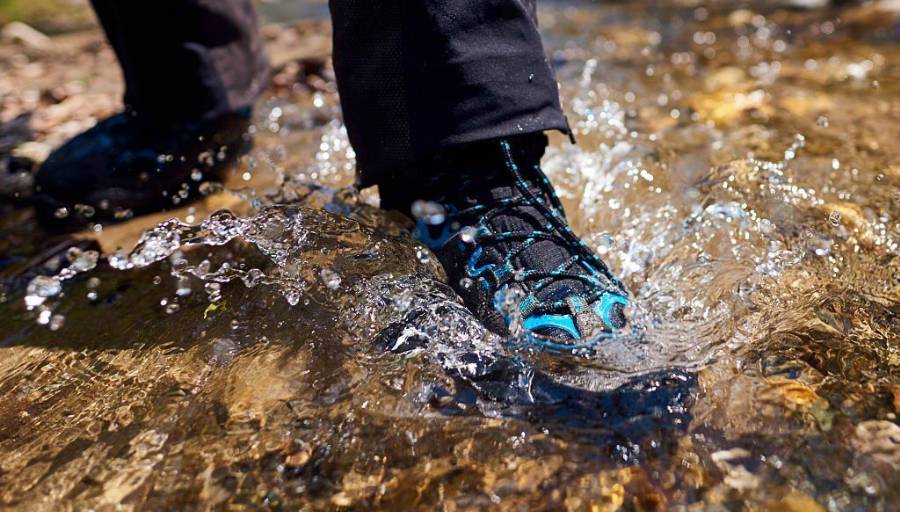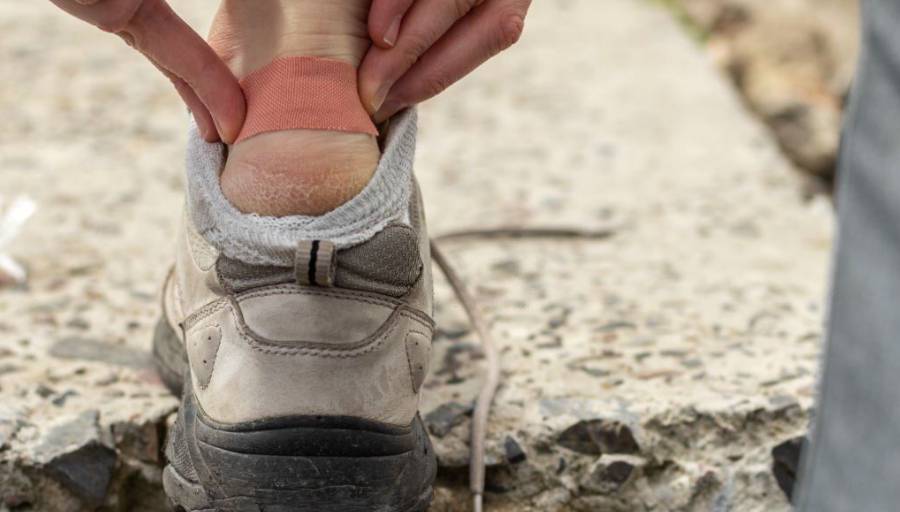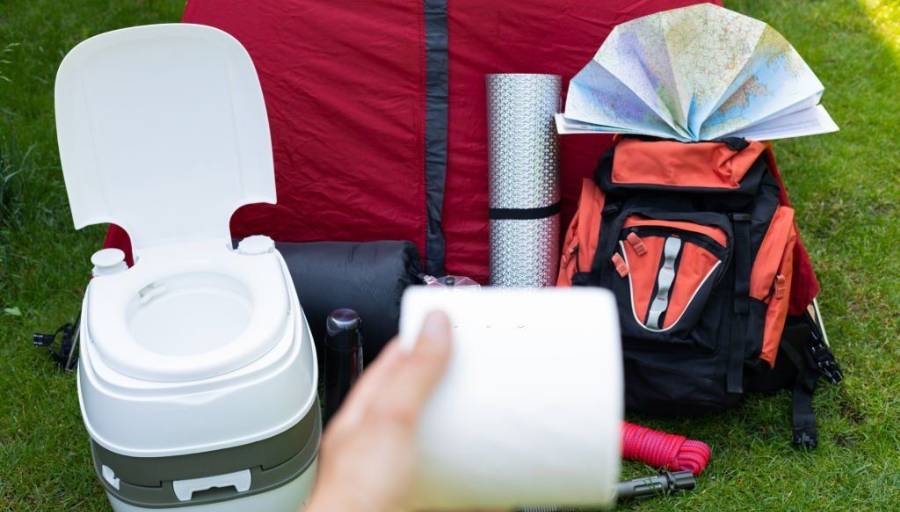2.5 Layer vs. 3 Layer Rain Jackets

Outdoor enthusiasts often have numerous options for selecting the right rain jacket and face challenges in understanding 2.5-layer vs 3-layer rain jackets. These jackets are designed to protect against rain, wind, and other harsh weather conditions, making them essential gear for hikers, backpackers, climbers, and anyone who enjoys outdoor activities.
However, understanding the differences between these two types of rain jackets is crucial for making a good decision. In this guide, we will explore the characteristics, advantages, and potential drawbacks of 2.5-layer and 3-layer rain jackets. By revealing their construction, performance, and overall functionality, we aim to shed light on which option will be the better choice for various outdoor pursuits.
2.5 Layer VS. 3 Layer Rain Jackets
2.5-layer rain jackets are lightweight and packable, suitable for moderate weather. 3-layer jackets offer better durability and protection, ideal for harsher conditions. Choose 2.5-layer for light use and 3-layer for more demanding activities.
2.5 Layer Rain Jackets:
2.5-layer rain jackets are common among outdoor enthusiasts due to their lightweight and packable nature. These jackets are constructed with a face fabric, a protective coating or laminate on the inside, and a printed or sprayed-on protective layer that acts as a half-layer on the inside. The half-layer is applied to enhance comfort and protect the inner coating.
Advantages of 2.5-Layer Rain Jackets:
- Weight and Packability: One of the significant advantages of 2.5-layer rain jackets is their lightweight construction. They are designed to be easily folded or stuffed into a backpack, making them ideal for activities where minimizing weight and bulk is crucial, such as hiking or trail running.
- Breathability: While not as breathable as some higher-end options, 2.5-layer rain jackets still offer decent breathability. The half-layer on the inside helps to prevent the inner coating from sticking to the skin, which improves comfort during physical activities.
- Cost-Effective: Compared to 3-layer rain jackets, 2.5-layer jackets are often more affordable. They provide a good balance between performance and price, making them an attractive option for those on a budget.
Drawbacks of 2.5-Layer Rain Jackets:
- Durability: The half-layer on the inside of 2.5-layer jackets is more susceptible to wear and tear compared to the full lining found in 3-layer jackets. Over time, the printed or sprayed-on layer degrades, which reduces the jacket’s overall durability.
3 Layer Rain Jackets:

3-layer rain jackets are known for their exceptional performance and durability. These jackets consist of a face fabric, a waterproof and breathable membrane (typically Gore-Tex or a similar material), and a protective liner on the inside. The construction of 3-layer jackets provides a more robust barrier against the elements.
Advantages of 3-Layer Rain Jackets:
- Durability: The full lining in 3-layer rain jackets enhances their longevity and resistance to abrasion. They can withstand rigorous outdoor activities, making them suitable for demanding adventures.
- Enhanced Performance: 3-layer jackets offer superior waterproofing and breathability compared to 2.5-layer options. The presence of a high-quality membrane ensures reliable protection against rain, snow, and wind while allowing moisture to escape, keeping you dry and comfortable.
- Versatility: Due to their robust construction, 3-layer rain jackets are suitable for a wide range of outdoor activities, including mountaineering, skiing, and extended backpacking trips. They provide excellent protection in harsh weather conditions.
Drawbacks of 3-Layer Rain Jackets:
- Weight and Bulk: The added durability and performance of 3-layer rain jackets often result in increased weight and bulk compared to 2.5-layer jackets. If you prioritize lightweight gear or need a compact option for minimal storage space, a 3-layer jacket isn’t the most suitable choice.
- Higher Cost: 3-layer rain jackets tend to be more expensive than their 2.5-layer counterparts. The use of high-quality materials and construction methods contributes to the higher price tag.
What is a better option?
If weight, packability, and affordability are your primary concerns, a 2.5-layer jacket might be the better option. On the other hand, if you prioritize durability, enhanced performance, and versatility, a 3-layer jacket is worth considering despite the higher cost and added weight.
However, it is important to assess your outdoor activities, weather conditions, and budget to determine which type of rain jacket aligns best with your requirements. Trying on different jackets and considering user reviews can also provide valuable
FAQs:
Which type of rain jacket is more breathable?
3-layer rain jackets offer superior breathability compared to 2.5-layer jackets. The presence of a high-quality membrane in 3-layer jackets allows for better moisture transfer to keep you more comfortable during physical activities.
Are 3-layer rain jackets more durable than 2.5-layer jackets?
Yes, 3-layer rain jackets are more durable than 2.5 layers. The full lining in 3-layer jackets provides better resistance to wear and tear compared to the half-layer found in 2.5-layer jackets. They are designed to withstand rigorous outdoor use and last longer.
Are 2.5-layer rain jackets more lightweight and packable?
Yes, 2.5-layer rain jackets are typically lighter and more packable than 3-layer jackets. The simplified construction and absence of a full lining contribute to their lighter weight and ability to compress into smaller spaces.
Do 2.5-layer rain jackets provide sufficient waterproofing?
Yes, 2.5-layer rain jackets offer decent waterproofing capabilities. The protective coating or laminate on the inside helps to repel water, keeping you dry during light to moderate rain showers. However, in prolonged and heavy rain, 3-layer jackets provide better long-term waterproofing performance.
Are 3-layer rain jackets worth the higher cost?
The higher cost of 3-layer rain jackets reflects their superior performance, durability, and versatility. If you frequently engage in outdoor activities in challenging weather conditions or require long-lasting gear, investing in a 3-layer jacket can be a worthwhile choice. However, if your activities are more casual or budget-conscious, a 2.5-layer jacket can still provide satisfactory performance.
Which type of rain jacket is more suitable for intense outdoor activities?
3-layer rain jackets are generally better suited for intense outdoor activities such as mountaineering, skiing, or extended backpacking trips. Their durability, enhanced performance, and ability to withstand harsh conditions make them a preferred choice for demanding adventures.






